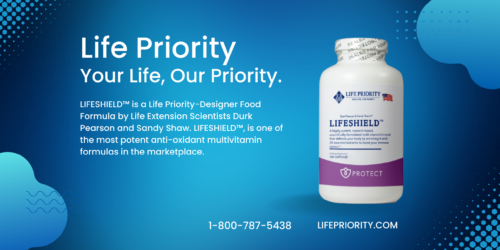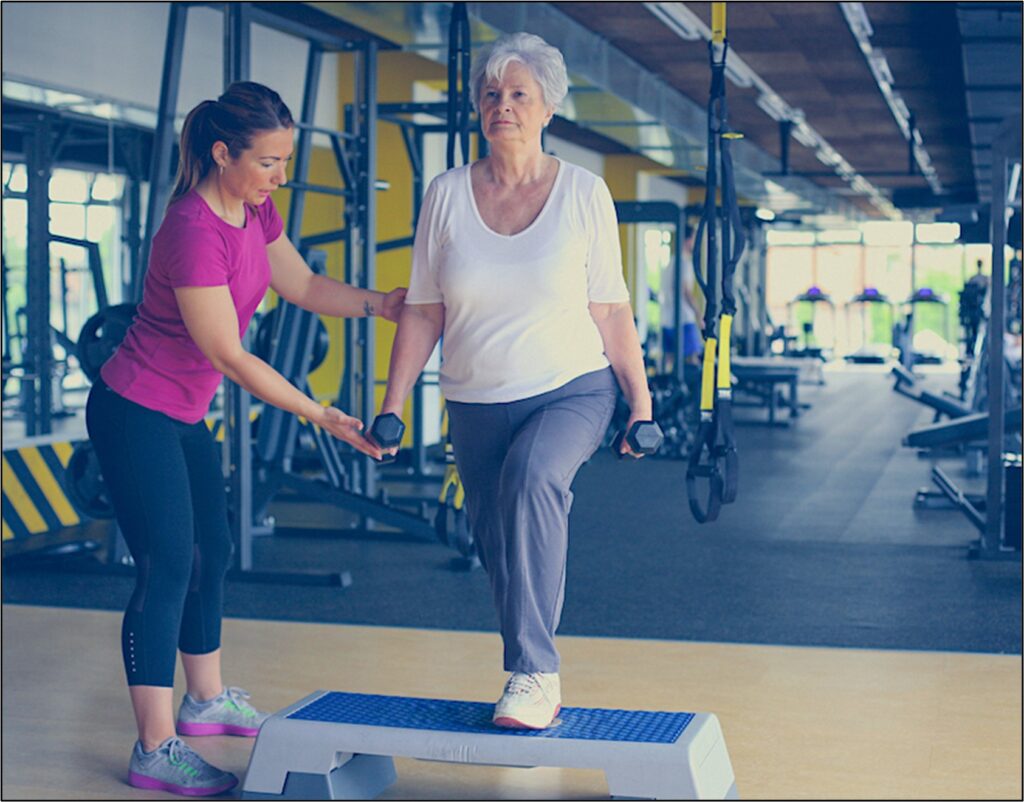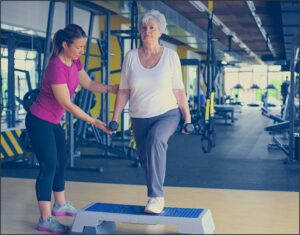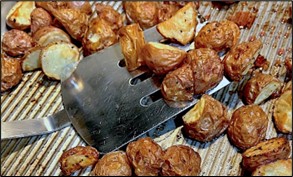

Exercise to Prevent Falls, and 4 Other Tips to Stay Upright
- by Life Priority
- No Comments
- Post Views: 28

Falling is a major fear about growing older – and it’s a leading cause of injury and death among mature adults. It’s also a common problem for people who don’t yet consider themselves “old” in the traditional sense.
But it is not inevitable. Here are the top five ways to prevent falling, according to fitness, health and aging experts.
No. 1: Exercise
The US Preventive Services Task Force couldn’t be clearer: Exercise is the best defense against falling. Merely staying active helps, but exercising more than three hours a week lowers fall risk by 39 percent.
Movement includes anything you do consistently, even walking or cleaning house. But you also need to add resistance training, which includes weightlifting and resistance bands. The goal isn’t to get big muscles. It’s to keep you strong enough to prevent falling.
We all lose muscle later in life. Having less strength makes it hard to catch yourself when you trip (which everyone does, regardless of age). And muscle protects bones, so without it, we are vulnerable to breaks.
- Strengthen your legs. Even if you’re only in your 50s or 60s.
- Practice balancing – again, regardless of age. It’s never too early.
- Exercise helps prevent and treat Type 2 diabetes, which can cause nerve loss and damage in the feet – which makes it hard to stay upright.
- Every time you exercise, you’re improving your body’s ability to move blood to extremities. And you’re helping your brain’s ability to process where you are in relation to other objects as you move.
- Our back, hip, and abdominal muscles are collectively called the core. We need it strong for all kinds of reasons. Balance is at the top of them. Core strength allows us to move well at the hip, knee and ankle.
No. 2: Mind the Prescriptions
Did you know your risk of falling increases if you take four or more prescription medications? So, talk to your doctor and make sure she knows everything you’re taking and why. Don’t assume she’s aware and closely monitoring the list. That’s your responsibility.
No. 3: Fall-proof Your Home
Sixty percent of falls occur at home, the National Institute on Aging says. Remove clutter. Clear walkways of loose throw rugs and electrical cords. Install nightlights. Add support rails in the tub or shower.
No. 4: Wear the Right Shoes
Don’t use flip-flops, even on vacation. Wear high heels only indoors, if at all. Get some good walking and exercise footwear.
No. 5: Eat Well
Protein, calcium and vitamin D are good ideas – but are not miracle cures or preventions. Use alcohol in moderation if at all.
Exercise to Prevent Falls
Don’t let concern about falling prevent you from enjoying life as much as you can. And don’t put it off as just a worry “for those really old folks.”
Strength and balance are essential throughout life.
We’re here to guide you to a healthy lifestyle that includes safe, effective exercising. Stand tall and walk right in to see us. We’ve got your back.
It’s Cheaper to be Healthy Than It Is to be Sick

If you think it’s expensive to eat right and exercise regularly, just consider the cost of being cheap with your health.
For example, some people drink so many sodas that eliminating them could save almost $1,000 a year.
That’s from health coach Kathryn Eyring, who presented “It’s Cheaper to be Healthy Than It Is to be Sick” at the Functional Aging Summit, an annual event for fitness professionals who serve people over 50.
We hear similar complaints about fitness all the time. People tell us they can’t afford to exercise. We’re not even sure what that means, since exercise doesn’t actually cost anything, and there are options for everyone.
But… we also notice a lot of those folks spending $5 a day on a Starbucks drink, hundreds of dollars eating out and drinking, and who knows how much on Netflix and all the other subscription TV services that no one thinks twice about these days.
Unhealthy habits lead to untold financial costs – doctor visits, sick days, missed opportunities, prescription medications, new clothes, etc.
But a healthy diet and regular exercise pay off their investment countless times over. Kathryn points out that muscle mass lowers sugar levels; that exercise reduces costs of cardiovascular disease, heart disease, and obesity; and it improves bone health and balance.
So, please think about what’s at the root of the “I can’t afford it” excuse before you pour your next soda while sitting in front of the tube.
We think you’re worth it.
No. We know it.
Healthy Recipe, Salt and Vinegar Roasted Potatoes

It’s easy to scarf down a bagful of salt and vinegar potato chips in a sitting. This recipe, adapted from one in The New York Times, captures that irresistible taste in a side dish that’s all-natural, filling, nutrient-rich, and a great source of energy. Soft, flaky sea salt adds subtle crunch and bursts of clean, bright flavor. With the balance of vinegar, only a sprinkle should do the trick. Serves 4-6. — Susan Puckett
Ingredients
- 2 tablespoons olive oil
- 2 tablespoons apple cider vinegar or wine vinegar, plus more if desired
- ½ teaspoon kosher salt
- ½ teaspoon black pepper
- 2 pounds Yukon gold or red-skinned potatoes, scrubbed and cut into 1-1-inch chunks
- Minced chives or green onion tops, for serving (optional)
- Flaky sea salt, for serving
Instructions
- Preheat the oven to 425 degrees. In a small bowl, whisk together the oil, 1 tablespoon of the vinegar, salt, and pepper.
- Place the potatoes on a sheet pan, drizzle with the oil and vinegar mixture, toss well and spread out in a single layer, cut-side down.
- Place in the preheated oven and roast for 15 minutes; toss and roast for 15 to 20 minutes more, or until the potatoes are tender enough to be easily pierced with a fork.
- Drizzle the remaining vinegar over the cooked potatoes, toss, sprinkle with chives or green onions, if using, and season to taste with flaky sea salt. Add an extra shot of vinegar if you like. Serve while hot.
Article Credit Jay Croft, creator and owner of Prime Fit Content.
Susan Puckett is a cookbook author and former food editor of The Atlanta Journal-Constitution. Follow her at susanpuckett.com.
Sign up for emails from OneHeartNetwork.com:
By providing your email address, you are agreeing to our privacy policy.
RECOMMENDED




